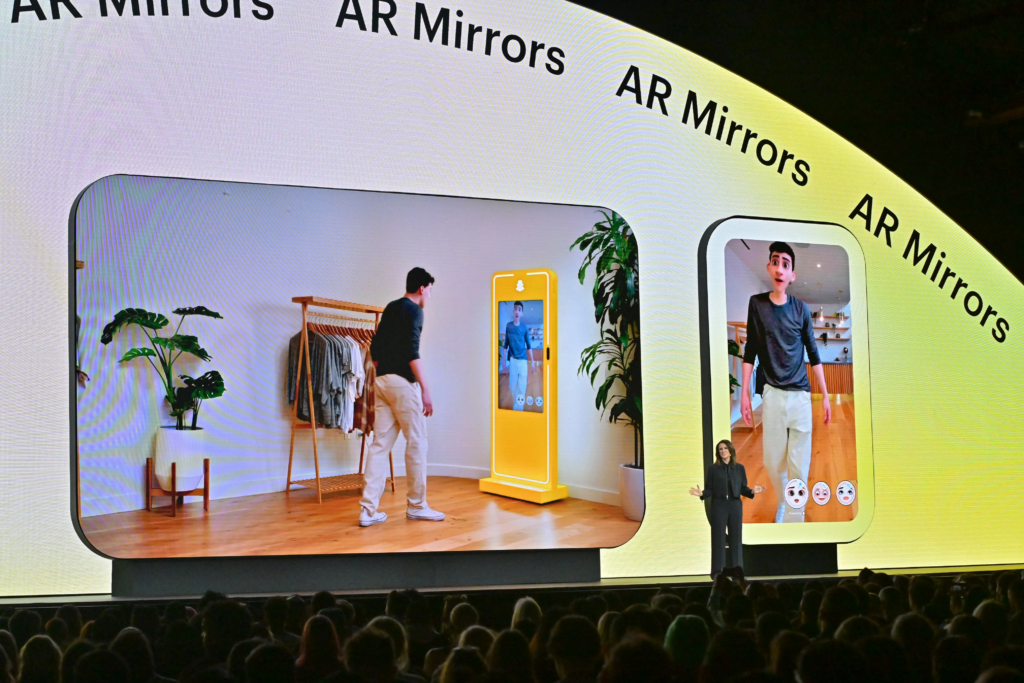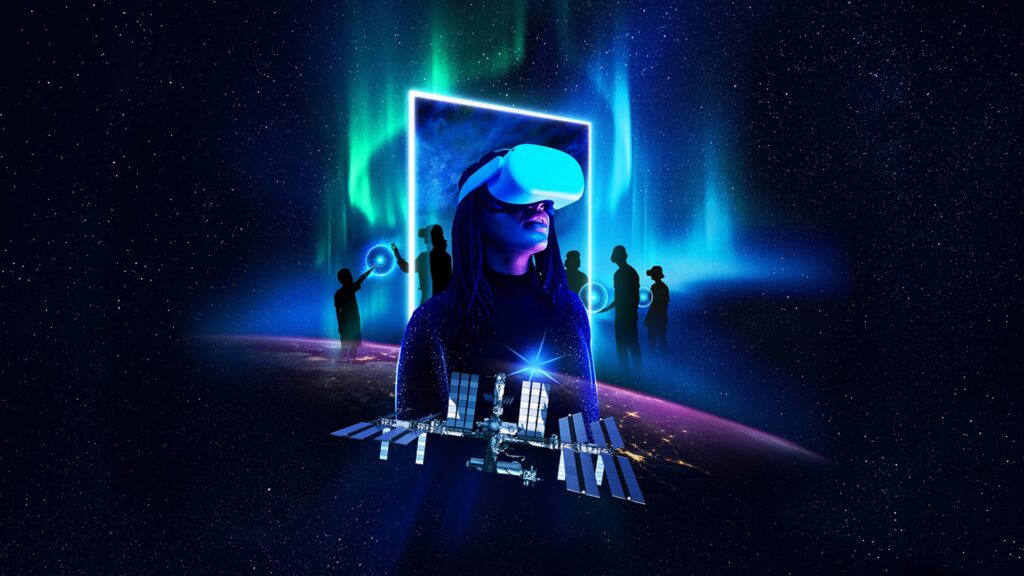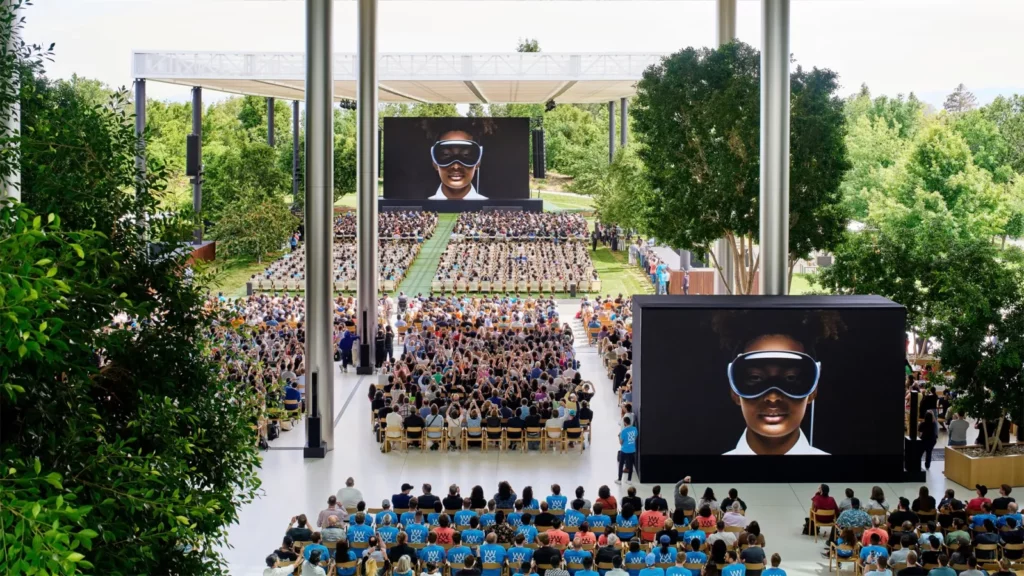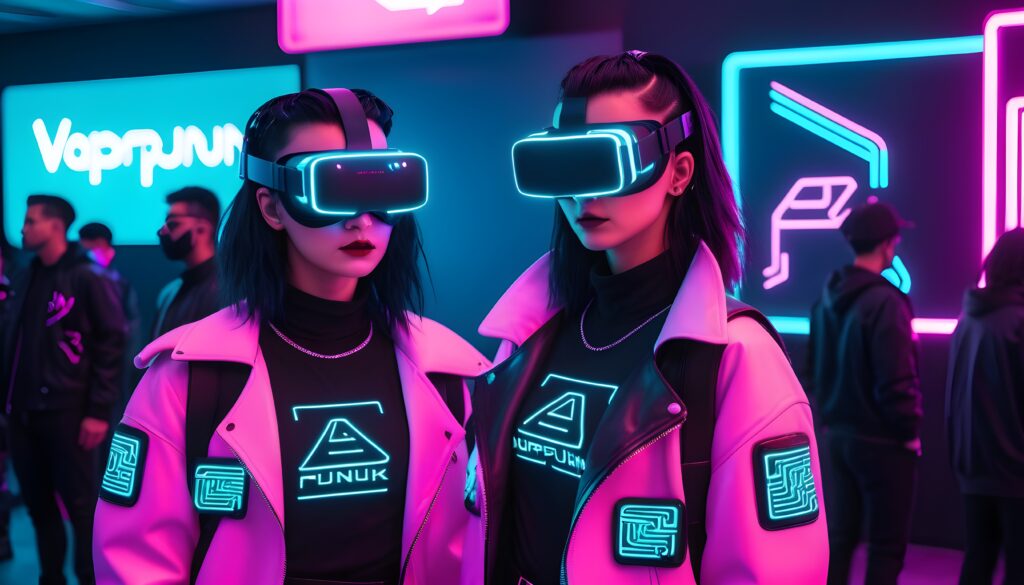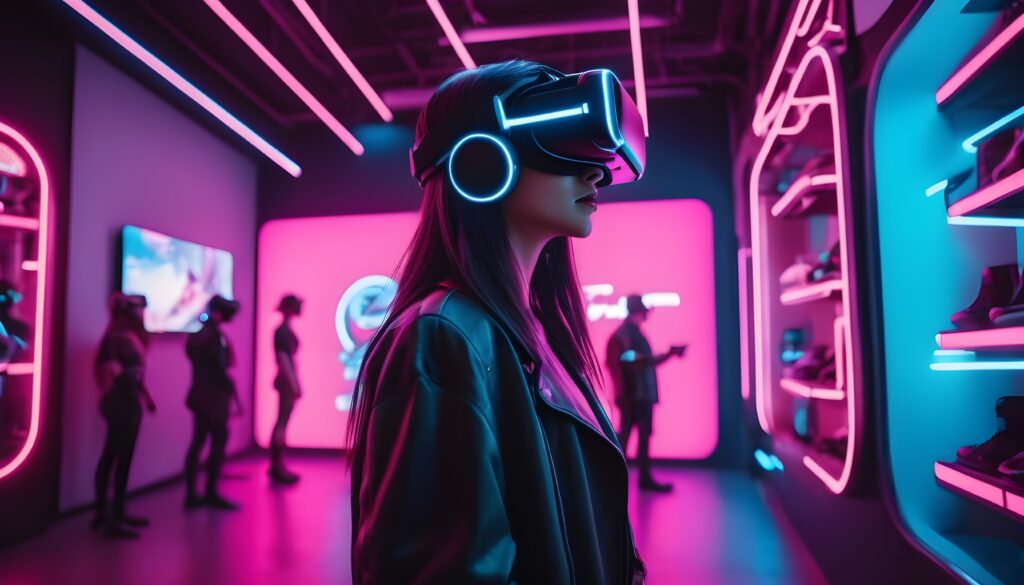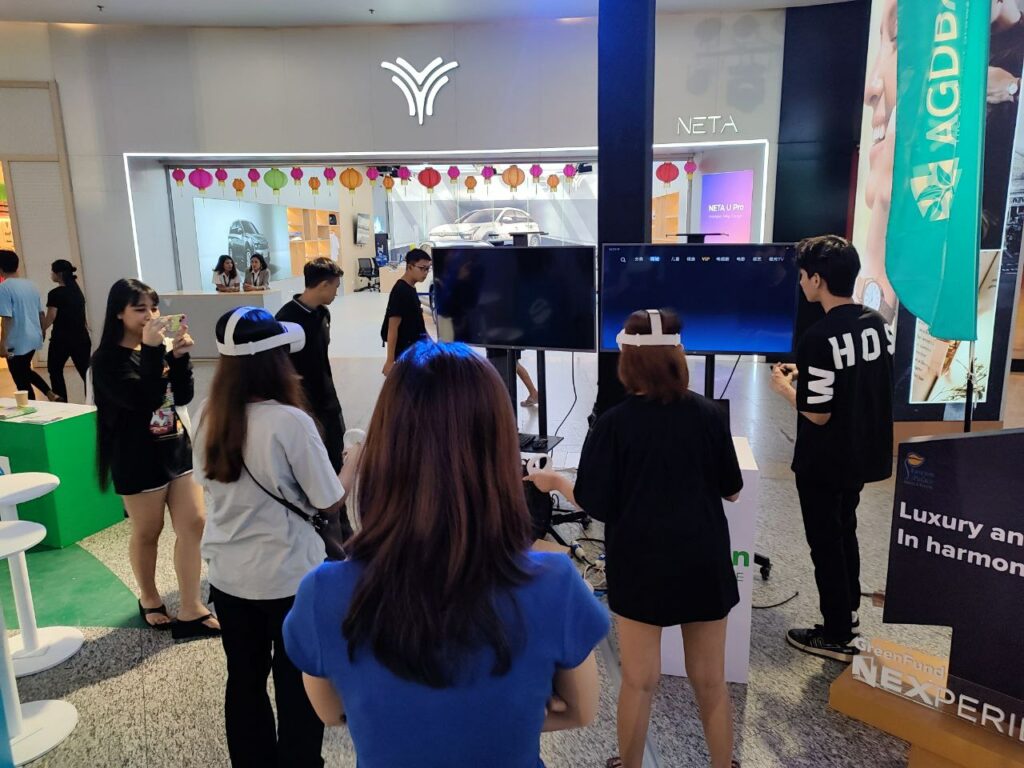Introduction:
In recent years, the retail landscape has undergone a transformative shift with the integration of augmented reality (AR) technology. Brands like Nike, Coach, and Snapchat, in collaboration with Qatar Tourism, have leveraged AR mirrors to create immersive and interactive experiences for consumers. This blog explores how AR mirrors are redefining the retail space, merging visual marketing with user-generated content, and paving the way for the future of retail.
Nike’s Augmented Reality Adventure in New York:
Nike’s foray into the world of augmented reality in New York is nothing short of groundbreaking. The brand utilized AR mirrors to engage customers in a unique and interactive way. By blending the physical and digital realms, Nike created an immersive experience that goes beyond traditional shopping. Customers could virtually try on sneakers, experiment with different styles, and share their augmented reality adventures on social media. This not only elevated the in-store experience but also generated user-generated content, turning customers into brand ambassadors.
Coach’s AR Mirror: A Marketing Stunt or the Future of Retail?
Coach’s AR mirror has been the subject of much attention, with some dismissing it as a mere marketing stunt and others recognizing it as a glimpse into the future of retail. Fast Company delves into the dual nature of Coach’s AR mirror, emphasizing its strategic marketing impact while acknowledging its potential as a transformative retail tool. The immersive experience offered by Coach’s AR mirror blurs the lines between physical and digital retail spaces, providing a glimpse into a future where personalized and interactive shopping experiences are the norm.
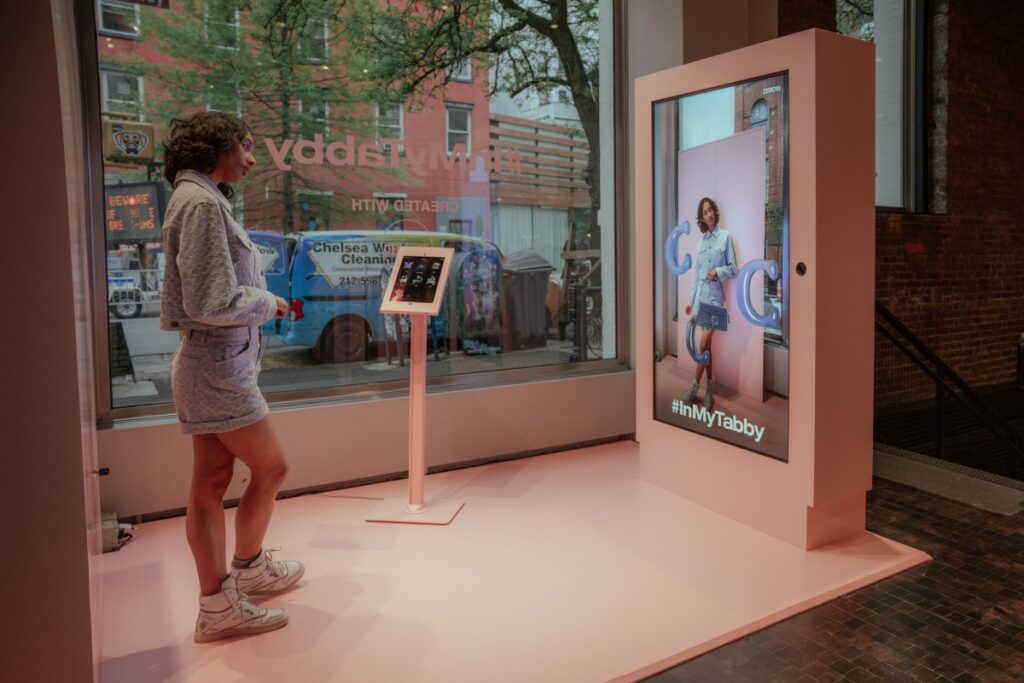
Snapchat and Qatar Tourism’s AR Showcase:
Snapchat, in collaboration with Qatar Tourism, took AR experiences beyond the retail sphere to showcase the wonders of Qatar. Digital Studio ME covers this partnership, illustrating how immersive AR experiences were brought to life at the Doha Corniche. This venture demonstrates the versatility of AR mirrors beyond retail, extending their application to tourism and destination marketing. By offering users a virtual tour of Qatar through AR, Snapchat and Qatar Tourism succeeded in creating a novel way for people to explore and engage with a destination from the comfort of their surroundings.
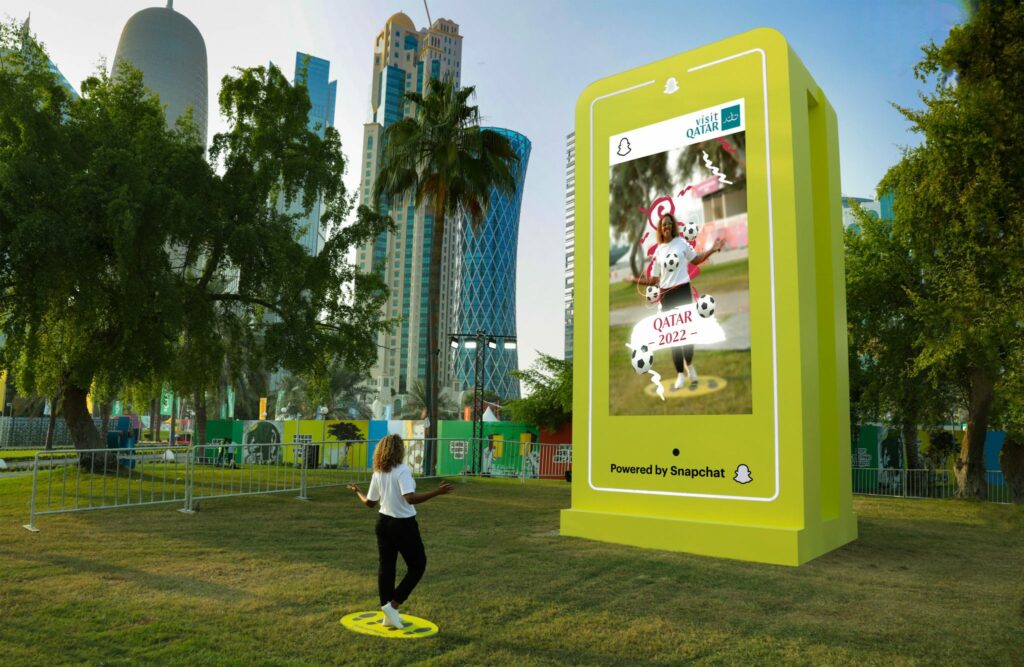
rangoon.tech’s Recent Work in Myanmar:
In Myanmar, rangoon.tech, an AR VR Company, recently had the opportunity to showcase its expertise in augmented reality at the Samsung Product Launch Event. The company developed an engaging AR game and an innovative AR Mirror, adding a touch of technological sophistication to the product launch. This successful venture underscores the versatility of AR technology, not only in reshaping retail experiences but also in elevating product launches and corporate events. As rangoon.tech continues to push the boundaries of augmented reality applications, it becomes evident that AR is not just a trend but a powerful tool reshaping the way we interact with the world around us.
Forbes’ Insight on AR Mirrors in Fashion and Beauty Retail:
Forbes highlights the significant impact AR mirrors have on the fashion and beauty retail sector. The insight emphasizes the fusion of visual marketing and user-generated content as a powerful strategy for brand promotion. AR mirrors provide a dynamic platform for customers to experiment with products in real-time, encouraging them to share their experiences online. This not only increases brand visibility but also taps into the authenticity of user-generated content, fostering a sense of community and trust among consumers.
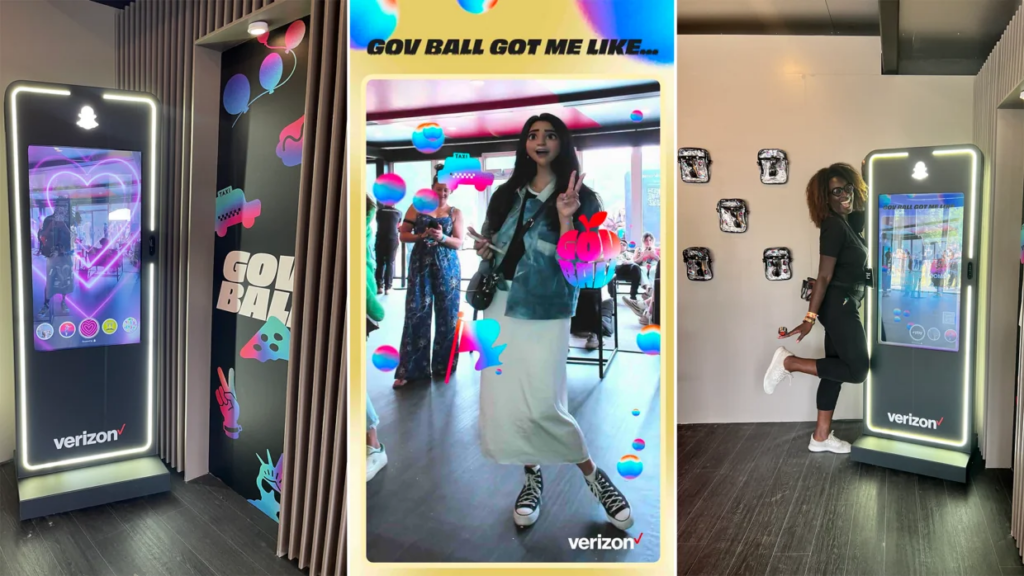
Conclusion:
The amalgamation of augmented reality, visual marketing, and user-generated content is redefining the retail landscape. Brands like Nike, Coach, and Snapchat are at the forefront of this revolution, using AR mirrors to enhance customer engagement, create memorable experiences, and foster brand loyalty. As technology continues to advance, the future of retail seems destined to be increasingly immersive, interactive, and interconnected through the power of augmented reality.

